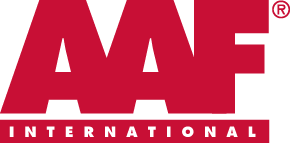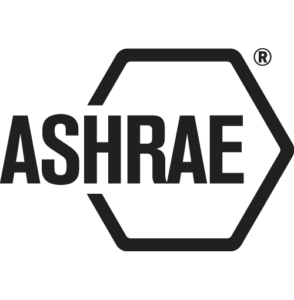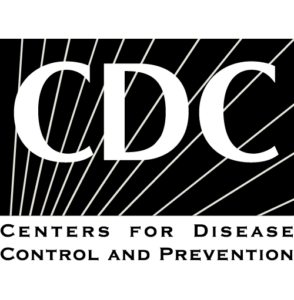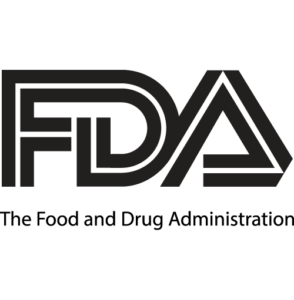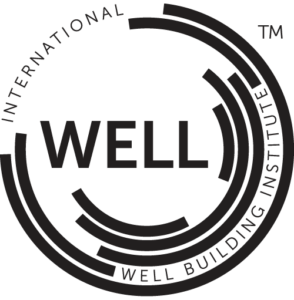CONNECTING THE OUTSIDE
TO THE INSIDE
What is IEQ?
People can thrive in buildings with a healthy environment. But if there are issues with a building’s air, the results can be costly, both financially and in terms of human health.
Fortunately, there’s much that you can do to improve the environment within any four walls, starting with the air you breathe.
IEQ, Indoor Environmental Quality, concerns the impact of everything you feel, see and hear inside a building. Natural daylight access, noise levels and control over room temperature can all make a difference to IEQ.
WELCOME TO IEQ UNIVERSITY
Where clean air learning comes to life
IEQ University is a series of free, in-depth courses designed by our industry experts to help you level up your knowledge of IEQ.
After successfully completing each course, you will be awarded a certificate of completion from AAF’s IEQ University and receive professional development hours courtesy of our partner, PDH Online.
PDH Online is a board-approved continuing education provider for professional engineers, geologists, architects and land surveyors. They conduct their business according to the Continuing Professional Competency (CPC) guidelines published by the National Council of Examiners for Engineering and Surveying (NCEES).
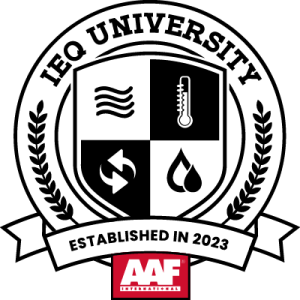

IEQ 101
1 Credit Hour

IEQ 201
1 Credit Hour
Continue your IEQ journey and learn how to make a greater impact on commercial environments. Discussion includes best practices for IAQ control and an overview of industry guidelines.
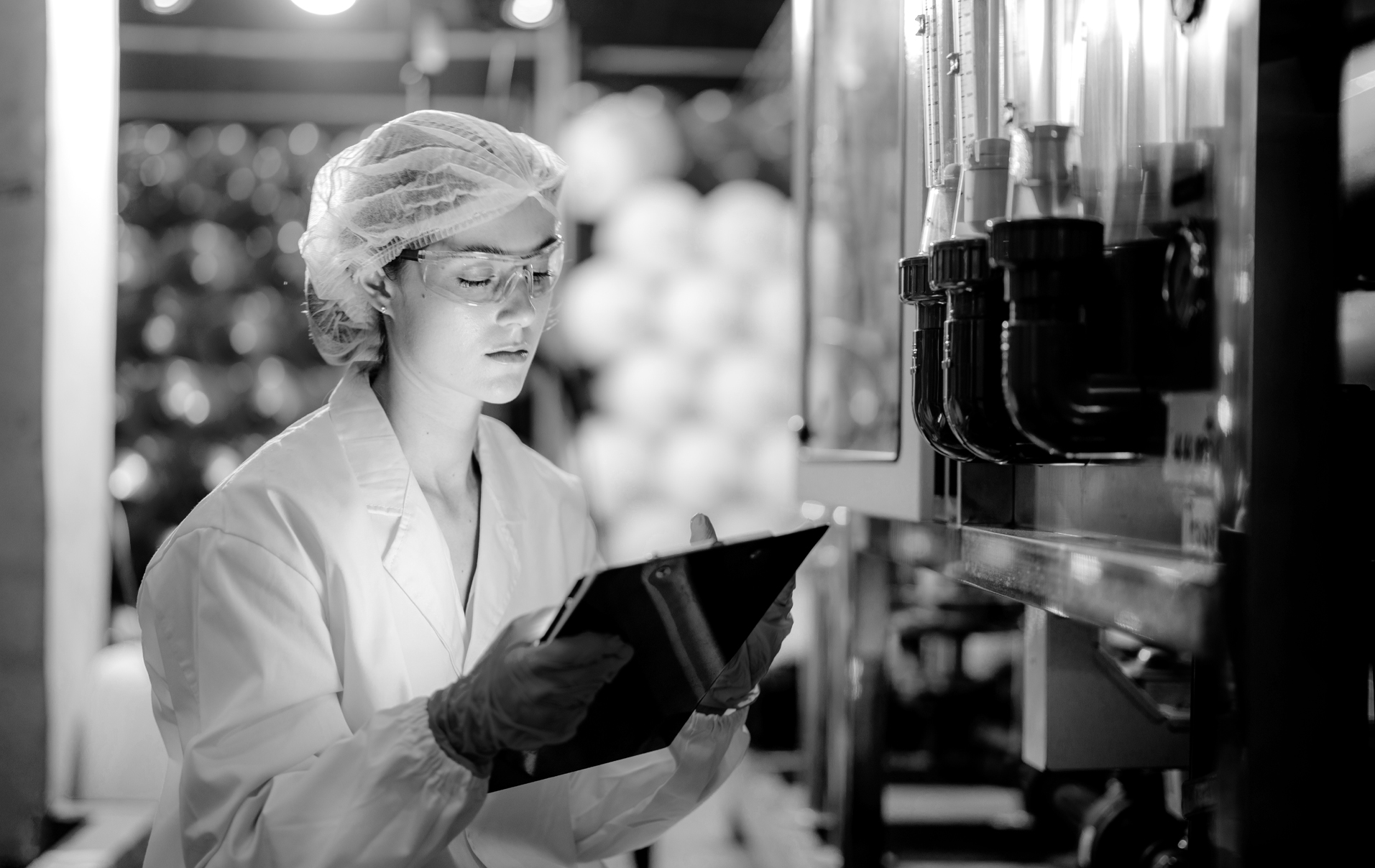
IEQ 301
1 Credit Hour
Advance your understanding of IEQ and learn strategies for managing indoor air quality. Concepts include impacts on productivity, ESG and sustainability concerns and recently introduced IAQ technologies.
THE 9 FOUNDATIONS OF A HEALTHY BUILDING
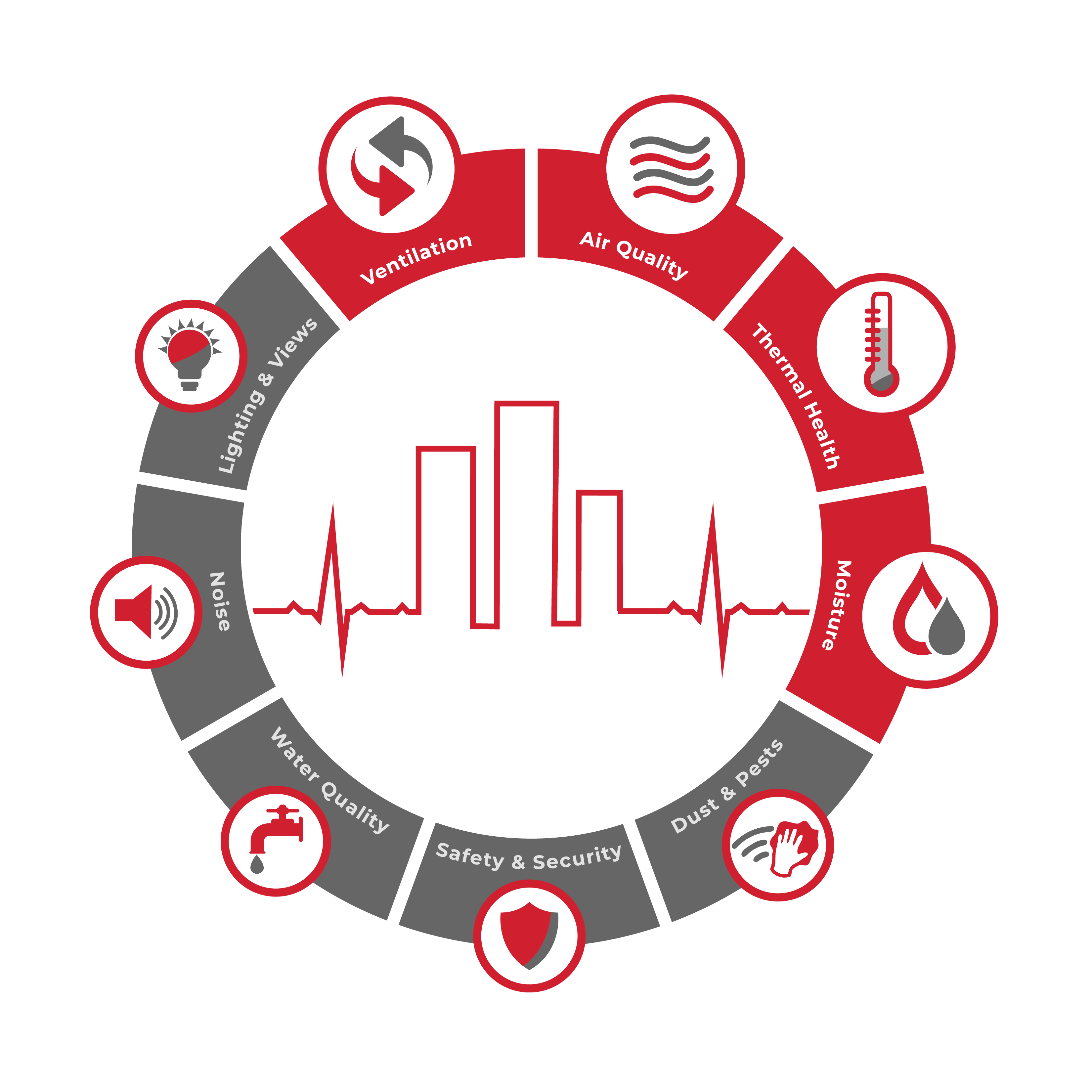
*Source: Harvard T.H. Chan School of Public Health
When you’re designing a building or maintaining a space, there are 9 foundations to consider for protecting human health and improving quality of life.*
Addressing shortcomings in these areas is also vital to protecting productivity and controlling energy usage.
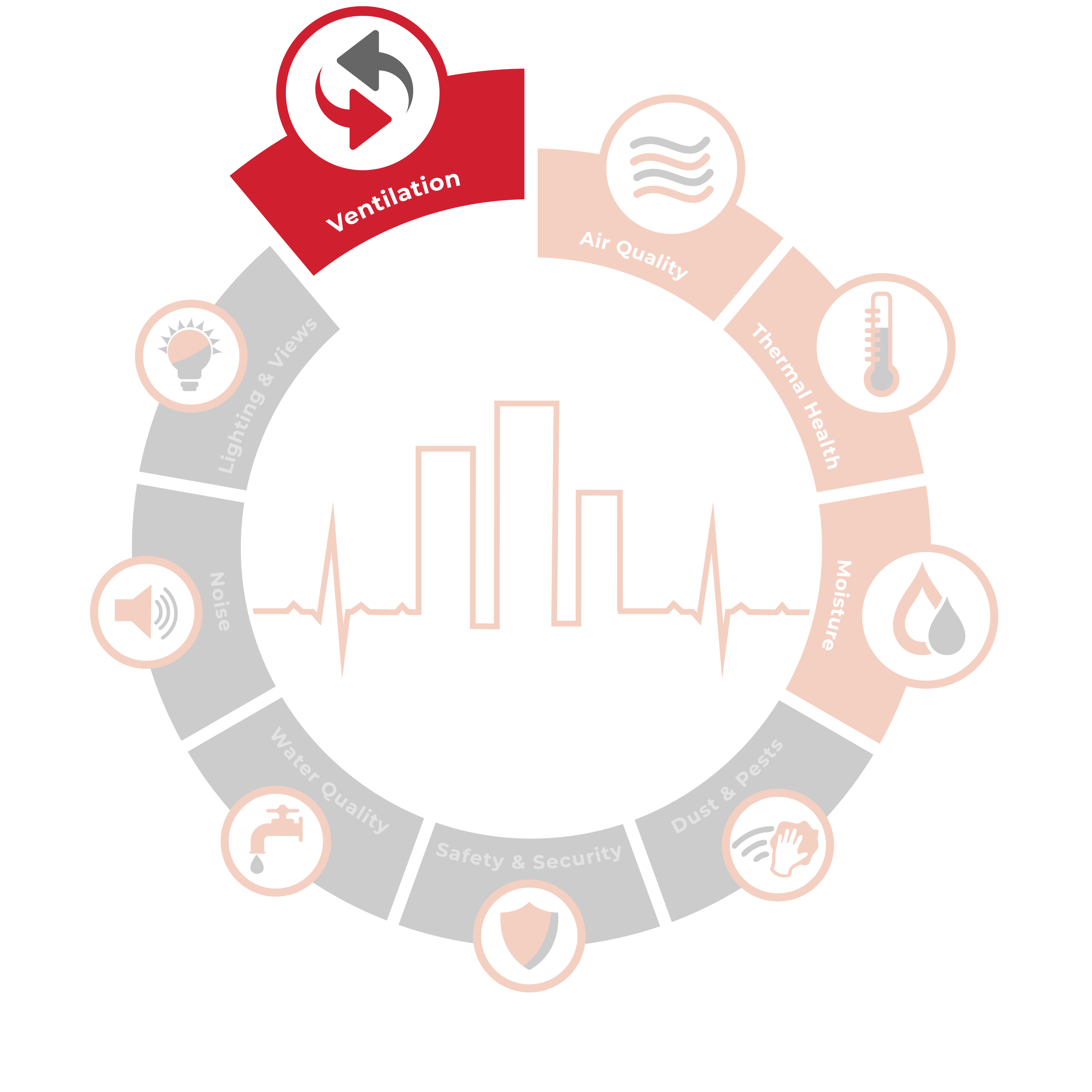
Meet or exceed local guidelines for outdoor air. Filter outdoor and recirculated air with a minimum removal efficiency of 75% for all particle-size fractions including nano.

Choose supplies, furnishings and building materials with low chemical emissions. Check for lead, PCBs and asbestos. Use a vapor barrier. Maintain humidity levels between 30-60%.
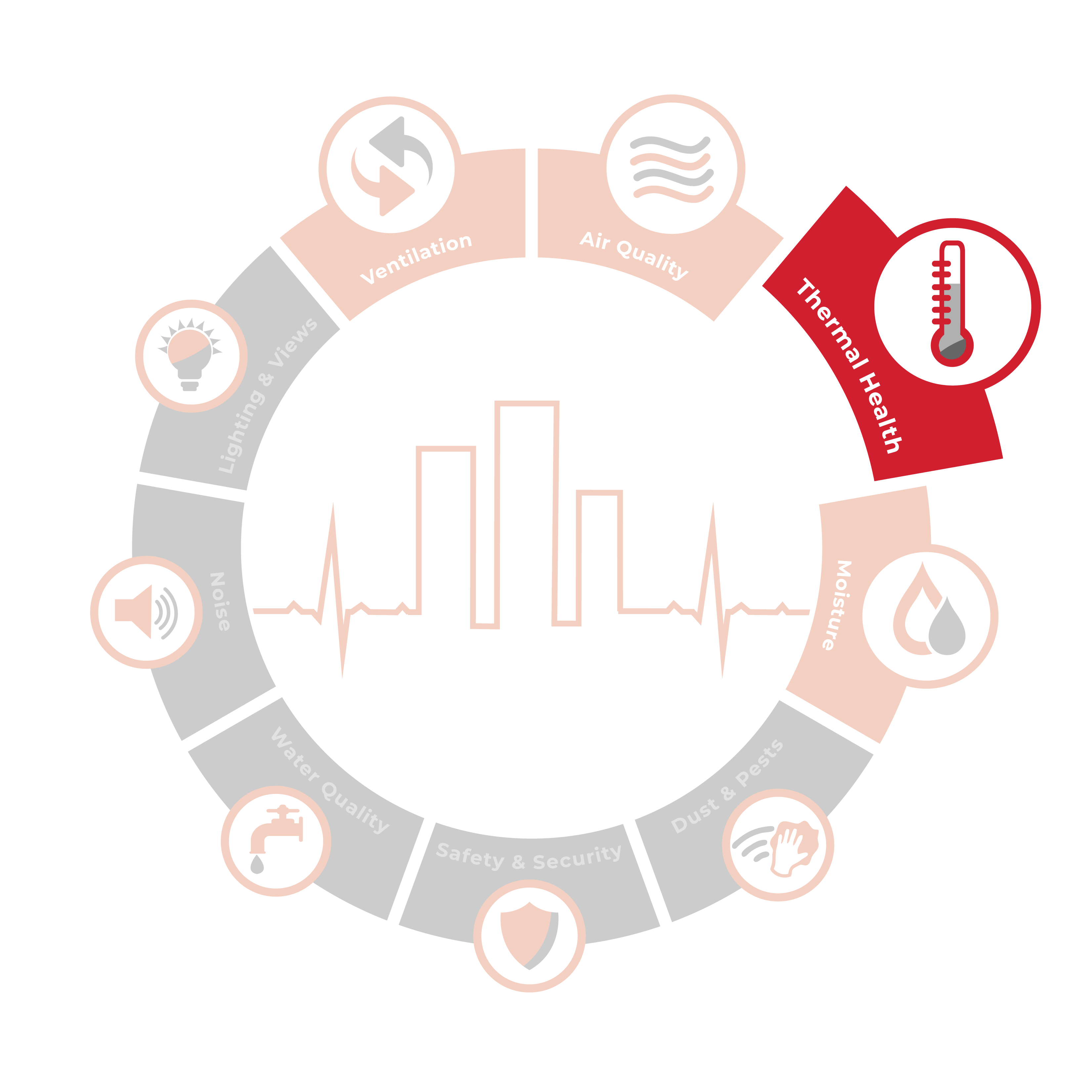
Meet minimum thermal comfort standards for temperature and humidity and keep thermal conditions consistent throughout the day. Provide individual level thermal control.
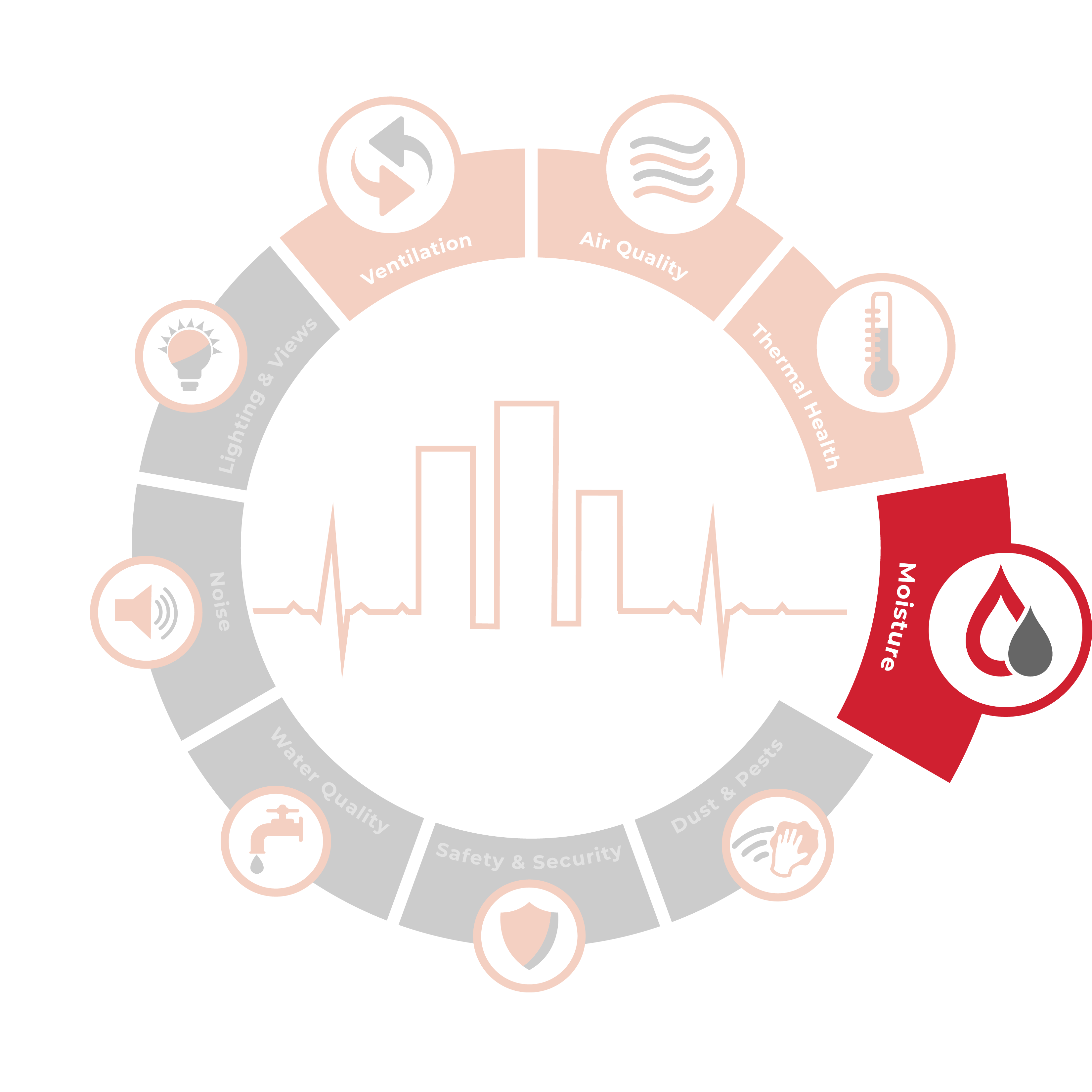
Conduct regular inspections of roofing, plumbing, ceilings and HVAC equipment. When moisture or mold is found, immediately address source and dry or replace contaminated materials.

Choose supplies, furnishings and building materials with low chemical emissions. Check for lead, PCBs and asbestos. Use a vapor barrier. Maintain humidity levels between 30-60%.

Choose supplies, furnishings and building materials with low chemical emissions. Check for lead, PCBs and asbestos. Use a vapor barrier. Maintain humidity levels between 30-60%.

Choose supplies, furnishings and building materials with low chemical emissions. Check for lead, PCBs and asbestos. Use a vapor barrier. Maintain humidity levels between 30-60%.

Choose supplies, furnishings and building materials with low chemical emissions. Check for lead, PCBs and asbestos. Use a vapor barrier. Maintain humidity levels between 30-60%.
INDOOR ENVIRONMENTS
Things to consider for good IEQ
Protecting human health and quality of life is the most important consideration in addressing IEQ, yet taking care of those conditions can also have other benefits. Improving an indoor environment may have a positive impact on financial considerations like employee productivity, conservation of natural resources and building resale value.
Select an industry from the menu below to learn more about protecting its unique indoor environment.
Airports
Hotels
Multi-Use Properties
Laboratories
Wind & Solar

*Source: Harvard T.H. Chan School of Public Health
When you’re designing a building or maintaining a space, there are 9 foundations to consider for protecting human health and improving quality of life.*
Addressing shortcomings in these areas is also vital to protecting productivity and controlling energy usage.

Meet or exceed local guidelines for outdoor air. Filter outdoor and recirculated air with a minimum removal efficiency of 75% for all particle-size fractions including nano.

Choose supplies, furnishings and building materials with low chemical emissions. Check for lead, PCBs and asbestos. Use a vapor barrier. Maintain humidity levels between 30-60%.

Meet minimum thermal comfort standards for temperature and humidity and keep thermal conditions consistent throughout the day. Provide individual level thermal control.

Conduct regular inspections of roofing, plumbing, ceilings and HVAC equipment. When moisture or mold is found, immediately address source and dry or replace contaminated materials.

Choose supplies, furnishings and building materials with low chemical emissions. Check for lead, PCBs and asbestos. Use a vapor barrier. Maintain humidity levels between 30-60%.

Choose supplies, furnishings and building materials with low chemical emissions. Check for lead, PCBs and asbestos. Use a vapor barrier. Maintain humidity levels between 30-60%.

Choose supplies, furnishings and building materials with low chemical emissions. Check for lead, PCBs and asbestos. Use a vapor barrier. Maintain humidity levels between 30-60%.

Choose supplies, furnishings and building materials with low chemical emissions. Check for lead, PCBs and asbestos. Use a vapor barrier. Maintain humidity levels between 30-60%.
INDOOR ENVIRONMENTAL QUALITY IS A QUALITY OF LIFE ISSUE
Many of us spend so much time indoors that the indoor environment is practically our natural environment, so it’s only natural that we’re affected by the quality of these interior spaces. We can thrive in buildings with a healthy environment, but if there are issues with a building’s IEQ, the results can impact our quality of life in several ways — such as comfort, well-being, long-term health and productivity.
COMFORT
COMFORT
Bringing the elements of IEQ into balance is important to creating a comfortable environment. Indoor air filtration solutions can help control odors and reduce allergens, such as pollen and mold, that can lead to sneezing and watery, itchy eyes. It’s a vital part of improving how people feel.
WELL-BEING
WLL-BEING
The environment indoors can affect virtually every aspect of our lives — from sleep quality to mental health. Evidence has emerged of ties between poor air quality and poor mental health. Creating a safe and healthy work environment has also been found to help minimize tensions at work. Selecting the right air filtration solution is one key to protecting the quality of working environments.
LONG-TERM HEALTH
LONG-TERM HEALTH
Poor IEQ can do more than just make people uncomfortable; in particular, some common indoor air pollutants are linked to immediate and lasting health effects. For example, radon is the second leading cause of lung cancer. Smoke can contain toxins such as lead and formaldehyde. Appropriate filtration and ventilation can help reduce these toxic gases and particulates indoors.
PRODUCTIVITY
PRODUCTIVITY
When IEQ falls, productivity can, too. Research found that increased contaminants and lower ventilation rates — at levels common within indoor environments — are associated with slower response times and reduced accuracy on cognitive tests. In schools, ventilation rates and CO2 concentration have been linked to attendance rates. Specific clean air solutions can help address the IAQ in these unique environments.
Standards & Guidelines
Many organizations around the world have established trusted standards, guidelines and recommendations for Indoor Air Quality and Indoor Environmental Quality. American Air Filter follows the guidance of these respected entities to provide assurance to our customers.
Click each logo to learn more.
SEE TODAY'S AIR QUALITY WITH JUST A CLICK
Outdoor air quality can affect indoor air, and it isn’t always predictable. This interactive map from the U.S. EPA allows you to visualize the quality of outdoor air at monitoring stations across the United States, Puerto Rico and the U.S. Virgin Islands.
Tap or click the map to get started.
